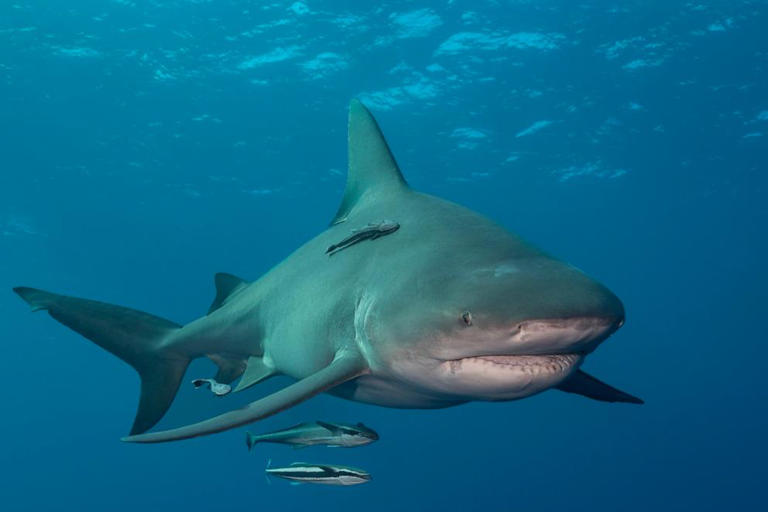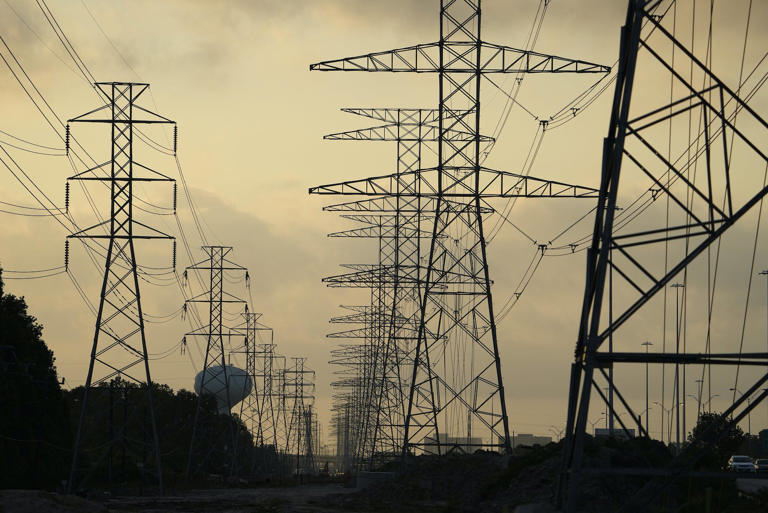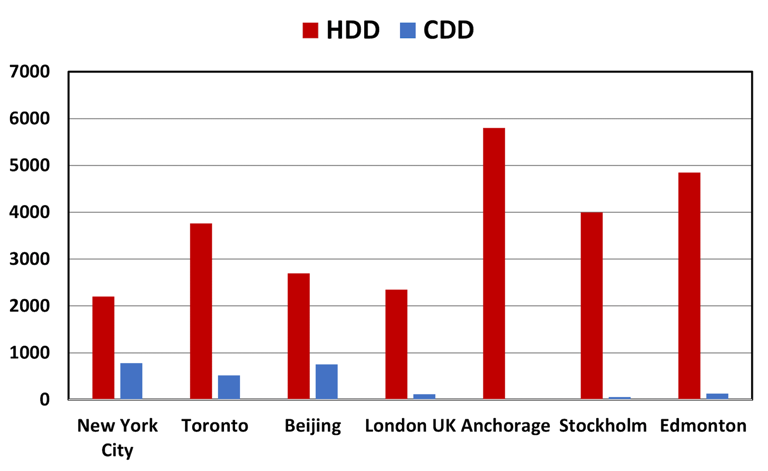
© Provided by The Canadian Press
HALIFAX — A Nova Scotia judge will be asked on Friday to approve a plan to restructure or seek bidders to buy or invest in SaltWire Network Inc., the insolvent Halifax-based media company recently granted protection from creditors.
SaltWire, the largest newspaper publisher in Atlantic Canada, is hoping to survive by restructuring its operations and finances under the Companies' Creditors Arrangement Act (CCAA), but it will need investors to accomplish that goal. In the meantime, the business will continue as usual.
The potential restructuring could include the reorganization of some or all of the companies that are part of the SaltWire group, including The Halifax Herald Ltd., Titan Security and Investigation Inc., Brace Capital Ltd., and Brace Holdings Ltd.
In a motion filed this week with the Nova Scotia Supreme Court, lawyers representing SaltWire's principal lender, Fiera Private Debt, are also proposing a so-called sale and investment solicitation process (SISP), which they want overseen by FTI Capital Advisors Canada.
The SISP involves canvassing the market for investors willing to put money into the deeply indebted companies or purchase their assets. If the court agrees, the deadline for formal bids will be July 31.
"The principal purpose of the CCAA proceedings is to create a stabilized environment to enable the companies … to secure financing to continue to operate while the media companies pursue a restructuring or sale of their businesses and assets through a court-supervised SISP," court documents say.
Fiera, as senior secured creditor, is asking Justice John Keith to extend SaltWire's protection from its creditors until May 3, and increase the amount it can borrow from Fiera to $1.5 million, up from the $500,000 it borrowed last week.
Fiera's lawyers are also asking Keith to expand the powers of the court-appointed monitor overseeing the CCAA proceedings, which was supposed to be Toronto-based KSV Restructuring Inc. But an amended notice filed this week indicates the monitor, subject to court approval, could be Toronto-based law firm Chaitons LLP.
As well, Fiera wants increased powers for David Boyd of Resolve Advisory Services Ltd., whom the court appointed last week as chief restructuring officer.
Meanwhile, Fiera's director of special situations, Russell French, filed an affidavit saying these expanded powers are necessary because the lenders want to ensure the integrity of the sale/investment process. He indicated there is concern about SaltWire Network president and CEO Mark Lever, who has said he plans to resign and submit some sort of bid.
"Given the concerns expressed by the lenders in their faith in (SaltWire) management, such powers will provide the lenders with the confidence required to continue to fund these proceedings," French's affidavit says.
French confirmed that, as of last fall, the SaltWire companies, with the help of FTI Capital Advisors, had encouraged interested bidders to take part in a recapitalization process, but that led nowhere.
"The lenders remain hopeful that a third-party buyer for a going concern transaction can be found," French said in his affidavit.
In documents filed with the court March 11, Fiera Private Debt said SaltWire and The Halifax Herald Ltd. together owe it $32.7 million, plus almost $600,000 in accrued interest.
About three-quarters of that debt is owed by SaltWire, which owns daily newspapers in Nova Scotia, P.E.I. and Newfoundland and Labrador, including Halifax's Chronicle Herald, the Cape Breton Post in Sydney, N.S., the Telegram in St. John's and the Guardian in Charlottetown. It also owns 14 weekly publications.
SaltWire and its affiliates employ about 390 people, including more than 100 unionized staff and 800 independent contractors.
Fiera alleges the companies were mismanaged over the years, and the lender has also accused senior managers of failing to make payments on employee pensions or remit HST payments to the federal government.
The documents note that The Herald was recently ordered to pay more than $2.6 million in outstanding pension liabilities. And as of Jan. 2, Fiera says SaltWire and The Herald owed the Canada Revenue Agency more than $7 million combined in collected and unremitted HST.
In its filings, Fiera has said it loaned money to SaltWire to help it pay for its 2017 acquisition of almost two dozen newspapers from Transcontinental Nova Scotia Media Group Inc. SaltWire was recently ordered to post $500,000 as security for costs in litigation over its Transcontinental acquisition.
SaltWire has said the companies have struggled to cope with "the pressures created by multinational social media networks."
This report by The Canadian Press was first published March 22, 2024.
Michael MacDonald, The Canadian Press
HALIFAX — A Nova Scotia judge will be asked on Friday to approve a plan to restructure or seek bidders to buy or invest in SaltWire Network Inc., the insolvent Halifax-based media company recently granted protection from creditors.
SaltWire, the largest newspaper publisher in Atlantic Canada, is hoping to survive by restructuring its operations and finances under the Companies' Creditors Arrangement Act (CCAA), but it will need investors to accomplish that goal. In the meantime, the business will continue as usual.
The potential restructuring could include the reorganization of some or all of the companies that are part of the SaltWire group, including The Halifax Herald Ltd., Titan Security and Investigation Inc., Brace Capital Ltd., and Brace Holdings Ltd.
In a motion filed this week with the Nova Scotia Supreme Court, lawyers representing SaltWire's principal lender, Fiera Private Debt, are also proposing a so-called sale and investment solicitation process (SISP), which they want overseen by FTI Capital Advisors Canada.
The SISP involves canvassing the market for investors willing to put money into the deeply indebted companies or purchase their assets. If the court agrees, the deadline for formal bids will be July 31.
"The principal purpose of the CCAA proceedings is to create a stabilized environment to enable the companies … to secure financing to continue to operate while the media companies pursue a restructuring or sale of their businesses and assets through a court-supervised SISP," court documents say.
Fiera, as senior secured creditor, is asking Justice John Keith to extend SaltWire's protection from its creditors until May 3, and increase the amount it can borrow from Fiera to $1.5 million, up from the $500,000 it borrowed last week.
Fiera's lawyers are also asking Keith to expand the powers of the court-appointed monitor overseeing the CCAA proceedings, which was supposed to be Toronto-based KSV Restructuring Inc. But an amended notice filed this week indicates the monitor, subject to court approval, could be Toronto-based law firm Chaitons LLP.
As well, Fiera wants increased powers for David Boyd of Resolve Advisory Services Ltd., whom the court appointed last week as chief restructuring officer.
Meanwhile, Fiera's director of special situations, Russell French, filed an affidavit saying these expanded powers are necessary because the lenders want to ensure the integrity of the sale/investment process. He indicated there is concern about SaltWire Network president and CEO Mark Lever, who has said he plans to resign and submit some sort of bid.
"Given the concerns expressed by the lenders in their faith in (SaltWire) management, such powers will provide the lenders with the confidence required to continue to fund these proceedings," French's affidavit says.
French confirmed that, as of last fall, the SaltWire companies, with the help of FTI Capital Advisors, had encouraged interested bidders to take part in a recapitalization process, but that led nowhere.
"The lenders remain hopeful that a third-party buyer for a going concern transaction can be found," French said in his affidavit.
In documents filed with the court March 11, Fiera Private Debt said SaltWire and The Halifax Herald Ltd. together owe it $32.7 million, plus almost $600,000 in accrued interest.
About three-quarters of that debt is owed by SaltWire, which owns daily newspapers in Nova Scotia, P.E.I. and Newfoundland and Labrador, including Halifax's Chronicle Herald, the Cape Breton Post in Sydney, N.S., the Telegram in St. John's and the Guardian in Charlottetown. It also owns 14 weekly publications.
SaltWire and its affiliates employ about 390 people, including more than 100 unionized staff and 800 independent contractors.
Fiera alleges the companies were mismanaged over the years, and the lender has also accused senior managers of failing to make payments on employee pensions or remit HST payments to the federal government.
The documents note that The Herald was recently ordered to pay more than $2.6 million in outstanding pension liabilities. And as of Jan. 2, Fiera says SaltWire and The Herald owed the Canada Revenue Agency more than $7 million combined in collected and unremitted HST.
In its filings, Fiera has said it loaned money to SaltWire to help it pay for its 2017 acquisition of almost two dozen newspapers from Transcontinental Nova Scotia Media Group Inc. SaltWire was recently ordered to post $500,000 as security for costs in litigation over its Transcontinental acquisition.
SaltWire has said the companies have struggled to cope with "the pressures created by multinational social media networks."
This report by The Canadian Press was first published March 22, 2024.
Michael MacDonald, The Canadian Press






















